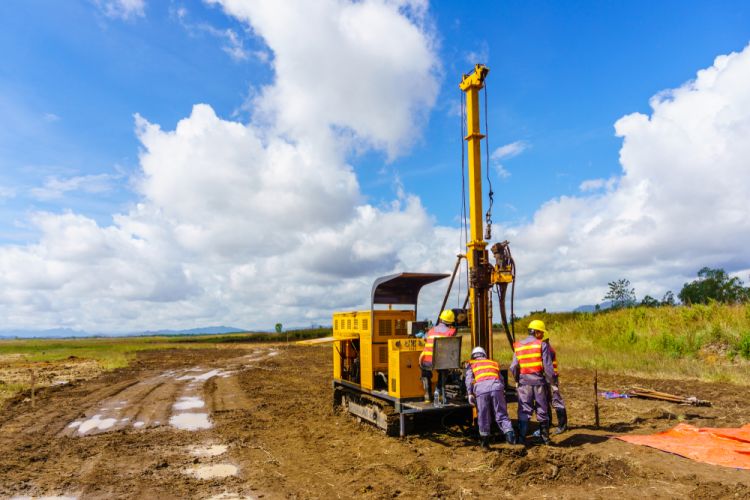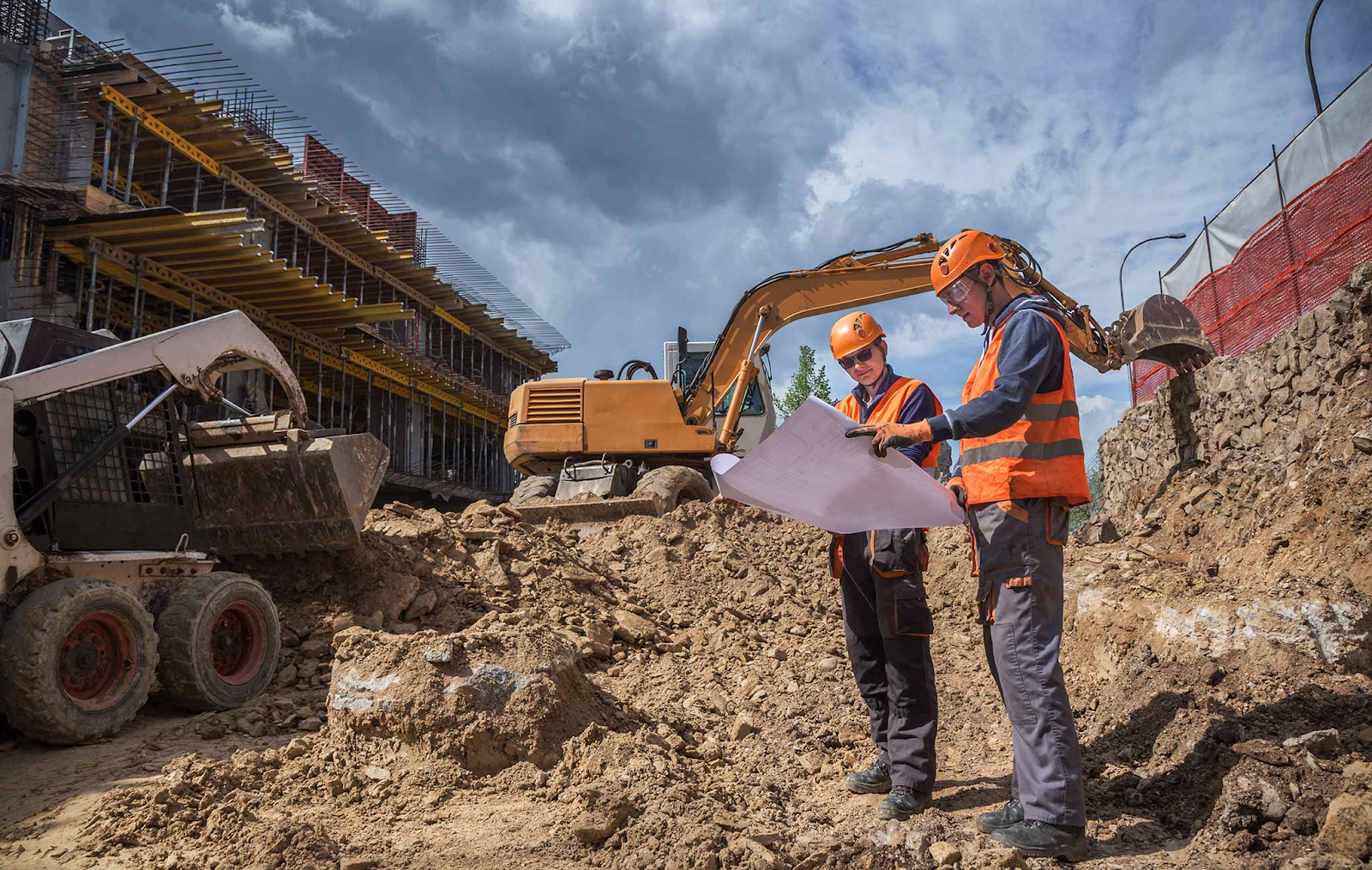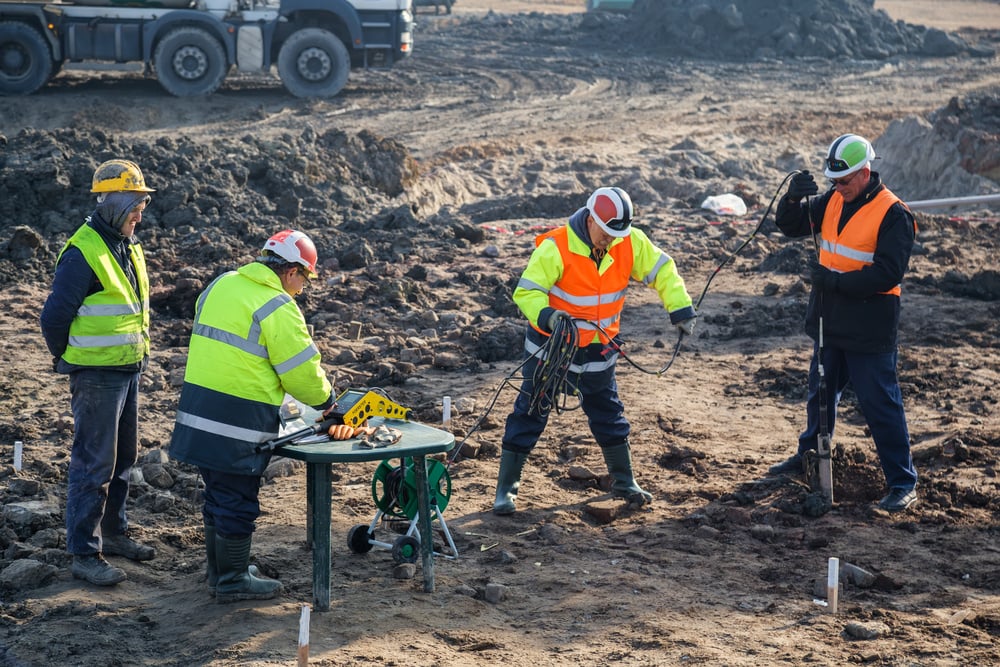The Only Guide for Geotechnical Engineering For Construction Projects
The Only Guide for Geotechnical Engineering For Construction Projects
Blog Article
The smart Trick of Geotechnical Engineering For Construction Projects That Nobody is Talking About
Table of Contents6 Simple Techniques For Geotechnical Engineering For Construction ProjectsGeotechnical Engineering For Construction Projects Can Be Fun For AnyoneThe 8-Second Trick For Geotechnical Engineering For Construction Projects4 Easy Facts About Geotechnical Engineering For Construction Projects ShownThe Main Principles Of Geotechnical Engineering For Construction Projects The Definitive Guide to Geotechnical Engineering For Construction Projects
The function of geotechnical engineering considerably takes care of understanding the functions of soil and rock, which might vary significantly by their density, moisture content etc. These functions need to be examined by geotechnical engineers to forecast their movements under different conditions. The safety in addition to stability of structures are influenced by soil conditions, making this evaluation needed.A geotechnical designer will analyze dirt to determine the bearing ability of the earth and advise appropriate foundation kinds, such as shallow structures, deep foundations like heaps, or specialized options like floating foundations for soft soils. Understanding the functions and activities of dirt and rock, in enhancement to just how they connect with building and constructions that have been set up on or within them, is just one of the key explanations for why geotechnical design is very important.
In addition to architectural planning and construction, geotechnical engineering is also important to the repair and maintenance of pre-existing frameworks. Age-related degradation or additional issues could influence a framework's security and performance. Environmental protection is achieved through geotechnical design. Proficiency in air, water, and soil quality upkeep is put to use by geotechnical engineers to minimize the adverse results of jobs.
Framework growth, offshore design, tunnel building, and deep foundations. Risk-based layout and multidisciplinary groups. These elements will maintain the area progressing and ensure its continued relevance in the years to come. To sum up, geotechnical engineering is a vital self-control that maintains the durability and honesty of civil infrastructure. Geotechnical designers contribute to making structure jobs effective around the world by comprehending the behaviour of planet products and applying proper preparation approaches.
The Buzz on Geotechnical Engineering For Construction Projects
By examining dirt, rock, and subsurface conditions, geotechnical engineers offer necessary understandings that help in the style, construction, and maintenance of buildings and framework.

Our Geotechnical Engineering For Construction Projects Diaries
Laboratory testing: Determining the buildings of dirt and rock. A number of top-level construction jobs have successfully utilized geotechnical design to ensure their stability and security.

As a leader in geotechnical design, BECC Inc. is committed to providing innovative and reliable services that fulfill the highest standards of high quality and security., a mechanical designer and rock hound.
Some Ideas on Geotechnical Engineering For Construction Projects You Need To Know
Terzaghi likewise established the framework for theories of bearing capacity of foundations, and the theory for prediction have a peek here of the rate of negotiation of clay layers because of combination. After that, Maurice Biot totally developed the three-dimensional dirt debt consolidation theory, extending the one-dimensional model previously developed by Terzaghi to much more basic hypotheses and introducing the set of basic formulas of Poroelasticity.
Geotechnical engineers explore and identify the residential or commercial properties of subsurface conditions and products. They also develop equivalent earthworks and preserving structures, tunnels, and framework foundations, and might monitor and review websites, which might additionally include site surveillance in addition to the danger assessment and mitigation of natural risks - Geotechnical Engineering for Construction Projects. Geotechnical engineers and design geologists do geotechnical investigations to obtain information on the physical homes of dirt and rock underlying and surrounding to a site to make earthworks and foundations for proposed structures and for the fixing of distress to earthworks and structures brought on by subsurface conditions.
Everything about Geotechnical Engineering For Construction Projects
Geologic mapping and analysis of geomorphology are normally finished in appointment with a geologist or engineering geologist. Subsurface expedition usually involves in-situ testing (as an example, the basic infiltration test and cone infiltration examination). The digging of examination pits and trenching (particularly for locating mistakes and slide planes) might also be utilized to find out concerning soil conditions at depth. , which uses a thick-walled split spoon sampler, is the most common method to gather disrupted samples.

Usually, the user interface's specific geometry is unknown, and a streamlined user interface geometry is assumed. Limited inclines need three-dimensional versions to be evaluated, so most slopes are assessed thinking that they are considerably broad and can be stood for by two-dimensional models.
9 Easy Facts About Geotechnical Engineering For Construction Projects Shown
Producing the layout based on a working hypothesis of actions prepared for under the most probable conditions. Selection of quantities to be observed as building and construction proceeds and calculating their prepared for worths based on click reference the functioning hypothesis under the most undesirable conditions.
Measurement of amounts and assessment of actual problems. It is inappropriate for projects whose style can not be altered during building.
Report this page